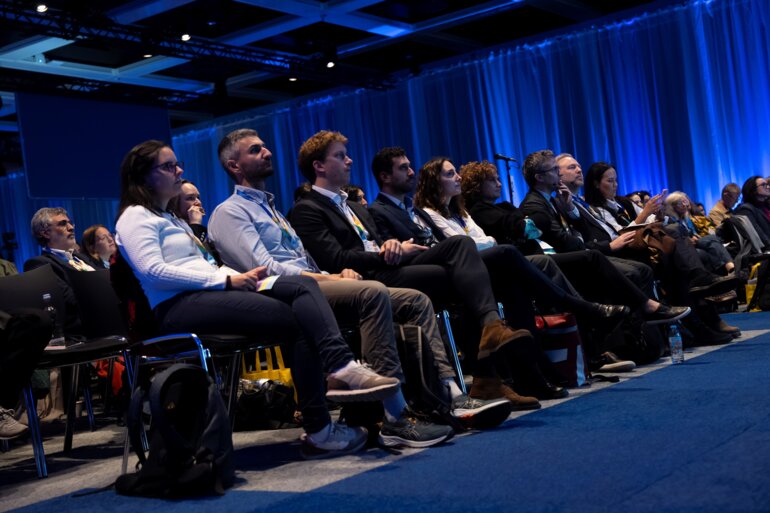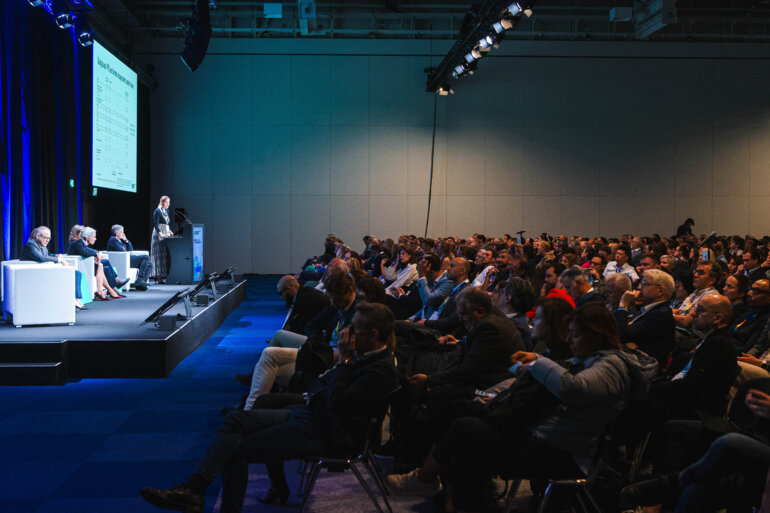Conflicting clinical results on the benefits of combined radiotherapy and immunotherapy may derive from differences in treatment sequencing
There is a strong preclinical rationale for combining radiotherapy (RT) and immunotherapy. RT can act as a vaccine, releasing tumour antigen and stimulating the immune system against the tumour, thereby potentiating the effects of immune checkpoint inhibitors on T-cell response. However, results from randomised clinical trials to date have been equivocal. On the one hand we have the very positive example of the phase III PACIFIC trial, which demonstrated that administration of the PD-L1 inhibitor, durvalumab, after chemoradiotherapy (CRT) led to long-term progression-free and overall survival benefits in patients with stage III lung cancer (J Clin Oncol. 2022;40:1301–1311). On the other hand, a number of trials in head and neck (H&N) cancer, using different combinations of CRT, RT or RT + cetuximab with PD-(L)1 inhibitors, failed to meet their primary endpoints. One example is the phase III KEYNOTE-412 trial, which showed no significant event-free survival (EFS) benefit with the addition of the PD-1 inhibitor pembrolizumab to CRT, followed by pembrolizumab alone, in patients with treatment-naïve, locally advanced disease (Ann Oncol. 2022;33(Suppl 7):S808–S869).
There are some notable differences between the PACIFIC and the H&N cancer trials in the way treatment was administered. In the PACIFIC trial, immunotherapy was given sequentially, after CRT. In all the H&N cancer trials reported so far, immunotherapy was administered during CRT or RT. It is possible that the pattern of tumour T-cell death resulting from this concomitant approach reduces the potential for synergism between immunotherapy and RT. What is more, unlike patients in the PACIFIC trial, those in the H&N cancer trials underwent high-dose RT to the regional lymph nodes, possibly further impairing the immune response.
If we are to exploit the potential of what could be a very powerful combination therapy, we need to determine the optimum treatment sequence. There are two ongoing, placebo-controlled, phase III trials in H&N cancer that should provide useful insights in this respect. The IMvoke010 trial is investigating the role of the PD-L1 inhibitor, atezolizumab, as adjuvant therapy alone in patients with stage III/IV H&N cancer who have completed definitive local/regional therapy and are at high risk for disease recurrence or progression (NCT03452137). The other trial is the KEYNOTE-689 trial, which is investigating the use of pembrolizumab in the neoadjuvant setting, prior to surgery, and also combined with RT or CRT in the adjuvant setting in patients with non-metastatic, resectable H&N cancer (NCT03765918).
In addition to determining the most effective treatment sequence, it is necessary to identify which patients are most likely to respond to a combination of RT and immunotherapy. In the KEYNOTE-412 trial, although the primary endpoint was not met in the overall population, there was evidence of EFS benefit in the subset of patients with a PD-L1 combined positive score >20. Interestingly, divergence of the EFS curves at 6 months suggested that the possible benefit in patients with high PD-L1 expression appeared to be derived from the adjuvant administration phase of pembrolizumab and not the phase in which it was given concomitantly with CRT.
Finally, and possibly the most difficult task we have is to try to find a way to refine the strategy of irradiating regional lymph nodes. It is tempting merely to decrease the dose of RT used, thereby reducing the possible damage to the immune response, but this has to be balanced against the consequences for the patient of receiving a potentially insufficient dose of RT. It is also recognised that this approach is very difficult to standardise.
While we wait for the results from clinical trials, the debate around the benefits, or otherwise, of combination RT and immunotherapy will continue.
Don't miss:
Combination of radiotherapy and immunotherapy is a good idea. ESMO Immuno-Oncology Congress 2022
Controversy Session 08.12.2022, h. 14:30 – 15:30, Room A. Also watch the session on the Congress virtual platform







